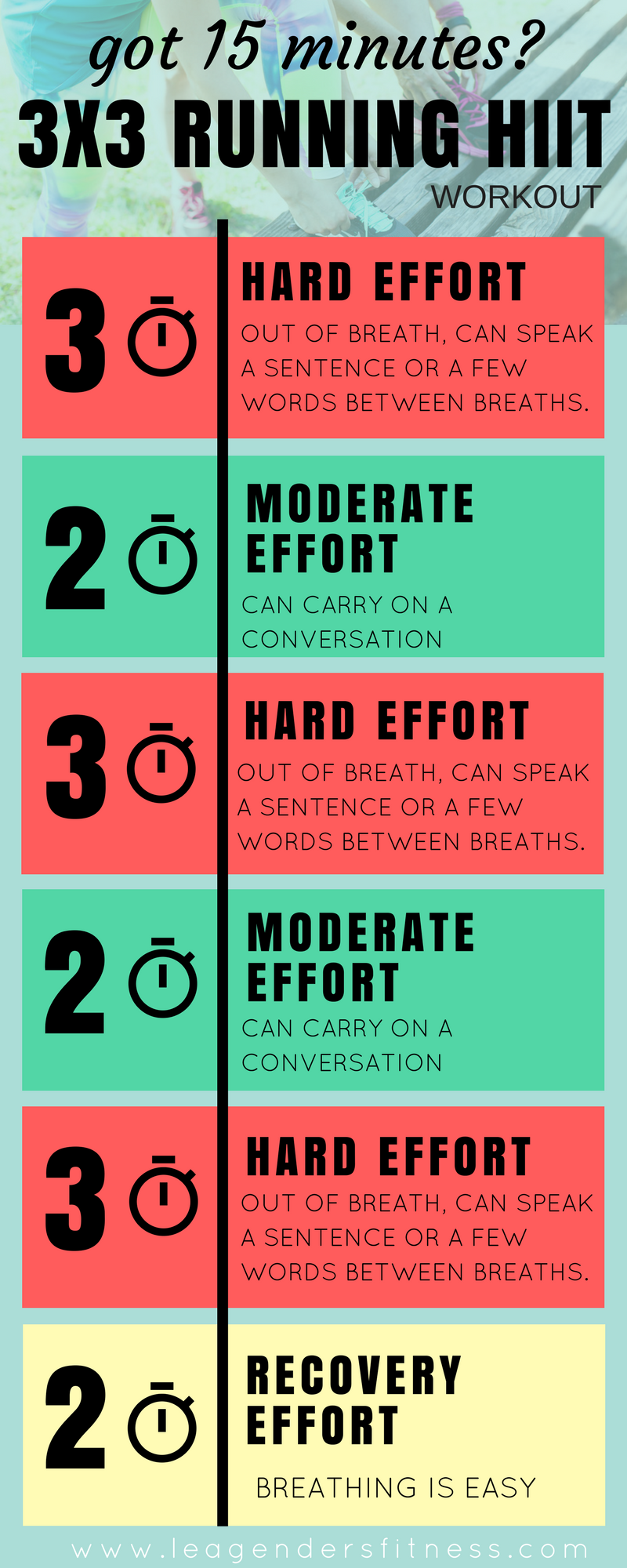Running Workout Tips: Enhance Your Performance Today
Running Workout Tips: Enhance Your Performance Today
Blog Article
Taking Care Of Common Running Pains: Reasons, Solutions, and Avoidance
As joggers, we commonly experience numerous pains that can hinder our efficiency and satisfaction of this physical activity. By exploring the root factors for these running pains, we can reveal targeted remedies and preventive steps to ensure a smoother and a lot more fulfilling running experience.
Usual Running Discomfort: Shin Splints
Shin splints, an usual running discomfort, typically arise from overuse or incorrect shoes throughout exercise. This problem, medically called median tibial stress disorder, shows up as pain along the inner edge of the shinbone (tibia) and is widespread amongst professional athletes and runners. The repeated anxiety on the shinbone and the cells attaching the muscle mass to the bone brings about swelling and pain. Runners that rapidly boost the strength or period of their workouts, or those who have flat feet or inappropriate running techniques, are particularly prone to shin splints.
To avoid shin splints, people should slowly increase the intensity of their exercises, use ideal footwear with correct arch assistance, and maintain flexibility and stamina in the muscular tissues surrounding the shin (running workout). Additionally, integrating low-impact activities like swimming or biking can aid maintain cardio physical fitness while permitting the shins to heal.
Typical Running Discomfort: IT Band Disorder
Along with shin splints, another common running discomfort that professional athletes frequently run into is IT Band Disorder, a problem caused by inflammation of the iliotibial band that runs along the outer thigh and knee. IT Band Disorder commonly manifests as pain on the outside of the knee, particularly during activities like running or cycling. The iliotibial band is a thick band of fascia that links the aware of the shin, and when it comes to be swollen or limited, it can massage versus the upper leg bone, bring about pain and discomfort.
Joggers experiencing IT Band Disorder might notice a painful or aching experience on the outer knee, which can worsen with ongoing task. Variables such as overuse, muscular tissue imbalances, incorrect running type, or inadequate warm-up can contribute to the development of this condition.
Typical Running Discomfort: Plantar Fasciitis

Plantar Fasciitis can be credited to various aspects such as overtraining, improper shoes, working on difficult surfaces, or having high arcs or level feet. To stop and ease Plantar Fasciitis, runners can incorporate extending exercises for the calves and plantar fascia, put on encouraging shoes, maintain a healthy weight to decrease strain on the feet, and gradually increase running intensity to stay clear of sudden stress on the plantar fascia. If signs and symptoms continue, it is advised to seek advice from a medical care professional for proper medical diagnosis and therapy choices to resolve the problem click for more info successfully.
Typical Running Discomfort: Jogger's Knee
After attending to the obstacles of Plantar Fasciitis, another prevalent problem that joggers often deal with is Runner's Knee, an usual running discomfort that can prevent athletic efficiency and trigger discomfort during exercise. Runner's Knee, likewise called patellofemoral pain syndrome, materializes as discomfort around or behind the kneecap. This condition is often credited to overuse, muscle mass imbalances, improper running strategies, or troubles with the placement of the kneecap. Runners experiencing this discomfort might feel a boring, hurting pain while running, increasing or down stairways, or after extended durations of resting. To avoid Jogger's Knee, it is important to integrate correct workout and cool-down regimens, preserve solid and balanced leg muscle mass, wear proper shoes, and slowly raise running intensity. If signs linger, consulting from a healthcare expert or a sporting activities medicine expert is recommended to diagnose the underlying reason and create a customized treatment plan to reduce the discomfort and avoid more problems.
Typical Running Pain: Achilles Tendonitis
Frequently affecting joggers, Achilles Tendonitis is an excruciating problem that influences the Achilles ligament, creating pain and potential restrictions in physical task. The Achilles ligament is a thick band of cells that connects the calf muscle mass to the heel bone, vital for tasks like running, leaping, and strolling - take a look. Achilles Tendonitis commonly creates due to overuse, inappropriate footwear, insufficient stretching, or unexpected rises in physical task
Signs And Symptoms of Achilles Tendonitis include pain and tightness along the ligament, especially in the early morning or after durations of lack of exercise, swelling that gets worse with activity, and perhaps bone spurs in persistent cases. To prevent Achilles Tendonitis, it is crucial to stretch effectively before and after running, put on proper footwear with appropriate support, progressively raise the strength of exercise, and cross-train to reduce repetitive tension on the ligament.
Final Thought

Report this page